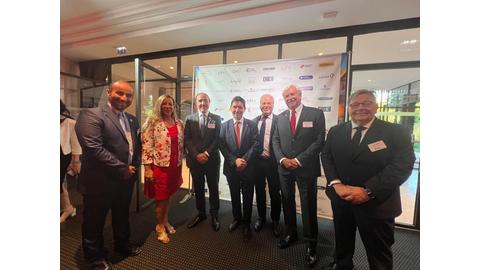New, bold visions of growth needed to kick-start the global economy

It is hard to imagine that the global economy, with the exception of China and a few others, will enjoy anything beyond a dead cat bounce next year. This does not appear to have sunk in yet with many people – stock market investors especially – who are hoping for a fairly robust recovery in 2021 and beyond.
But this is not going to happen. What is needed is what the United Nations referred to in a recent report as “transformative change”.
We face a new economic reality, with growth restored only by renewed emphasis on capital investment rather than consumer spending, and it needs to be spending on human as well as physical capital, according to the UN Economist Network’s analysis. According to the OECD, the global economy is set to plunge by 4.5 per cent this year, then recover by 5 per cent in 2021 – leaving it roughly back where it was at the end of last year. The US economy will mark time while some European economies will contract for a time.
China’s economy, in contrast, will be almost 10 per cent larger by the end of 2021 than at the end of last year, which appears to say something about the resilience of planned economies. China, likewise, outgrew others during the global financial crisis in 2008/09.
One strength of planned economies is an ability to implement long-term capital investment, and what matters more now than the quantum of growth is its quality. This is where the outlook in most advanced economies is not encouraging, predicated more upon consumption than investment.
How is increased consumption supposed to materialise? Neither a pickup in employment (and consequently, income) nor a rundown in household savings is likely at this juncture.
Any consumption-led recovery will depend more on further monetary handouts than on earned income, and that means even bigger fiscal deficits. This implies further central bank underwriting of mountainous government debt.
What is needed instead is bold thinking on how to generate growth without relying on a monetary boost to consumption or on boosting asset prices to produce a wealth effect and generate confidence. Confidence is not going to be in strong supply given the fractured world economy.
Post


Workers from China Railway No 2 Engineering Group work on a section of the China-Laos railway in Vientiane, Laos, on June 18. Market economies have become passive in their approach to growth, and lack vision, such as that embodied in China’s Belt and Road Initiative. Photo: Xinhua
It is hard to imagine that the global economy, with the exception of China and a few others, will enjoy anything beyond a dead cat bounce next year. This does not appear to have sunk in yet with many people –
especially – who are hoping for a fairly robust recovery in 2021 and beyond.But this is not going to happen. What is needed is what the United Nations referred to in a
as “transformative change”.
We face a new economic reality, with growth restored only by renewed emphasis on capital investment rather than consumer spending, and it needs to be spending on human as well as physical capital, according to the UN Economist Network’s analysis.
, the global economy is set to plunge by 4.5 per cent this year, then recover by 5 per cent in 2021 – leaving it roughly back where it was at the end of last year. The US economy will mark time while some European economies will contract for a time.
ADVERTISING
China’s economy, in contrast, will be almost 10 per cent larger by the end of 2021 than at the end of last year, which appears to say something about the resilience of planned economies. China, likewise, outgrew others during the global financial crisis in 2008/09.
One strength of planned economies is an ability to implement long-term capital investment, and what matters more now than the quantum of growth is its quality. This is where the outlook in most advanced economies is not encouraging, predicated more upon consumption than investment.
How is increased consumption supposed to materialise? Neither a pickup in employment (and consequently, income) nor a rundown in household savings is likely at this juncture.
..


